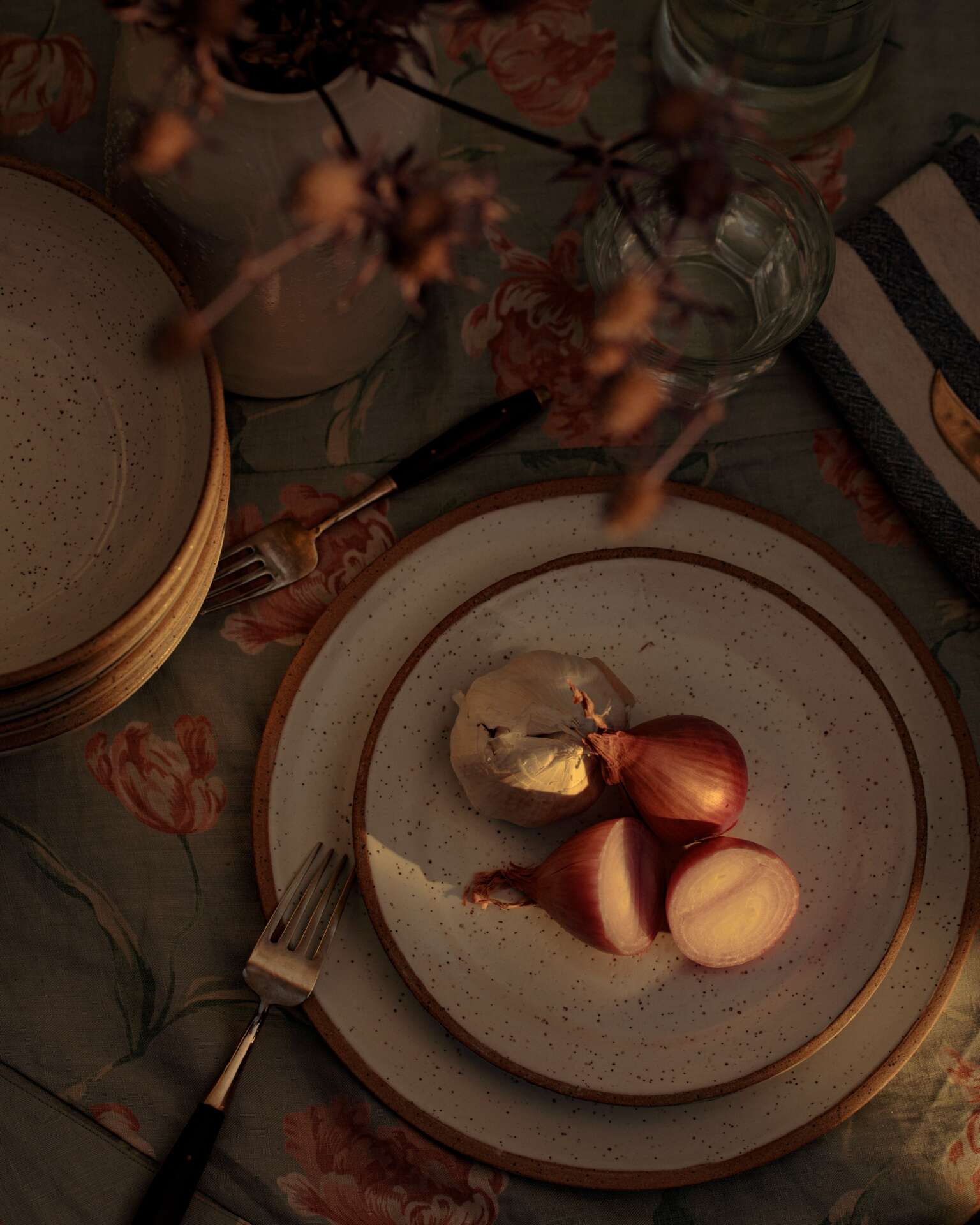We recently connected with Kayley Vandenberg and have shared our conversation below.
Alright, Kayley thanks for taking the time to share your stories and insights with us today. How did you learn to do what you do? Knowing what you know now, what could you have done to speed up your learning process? What skills do you think were most essential? What obstacles stood in the way of learning more?
Learning how to do pottery requires both guided instruction and solo practice. Once I learned the basics of wheel throwing in a 4-week beginner’s course, I knew the only way I was going to make significant improvement was to get my hands dirty as often as possible. Just a matter of months later I signed up for a community college course that offered open studio time and I showed up almost every day to build my skills. I improved dramatically over these three months and was selling my work less than a year later. Time and space are two huge obstacles for people who want to get better at pottery, so finding a place that offered affordable, flexible studio time was huge for me.



Awesome – so before we get into the rest of our questions, can you briefly introduce yourself to our readers.
Hi! I’m Kayley Vandenberg, also known as She Made. I’m a ceramicist who specializes in functional work like kitchenwares, dinnerware, vases, and other items that are meant to be used regularly. All of my work is created in my home studio in Highland Park, Los Angeles.
I first took an interest in ceramics as a child, but didn’t start pursuing it more wholeheartedly until late 2018 after I took a 4-week beginners wheel throwing class. After a couple years of regular practice, I accepted my first wholesale account and officially launched She Made. Since then, I’ve expanded my business and am making pieces for several stores, and occasionally creating one-of-a-kind pieces that I sell in my webshop.
I’ve always been considered a ‘creative’ and tend to have multiple projects on the go, but She Made is the first project I’ve pursued that felt like a true expression of who I am. When building a new business, I’ve found that it’s somewhat natural to follow the well-worn path of trends, allowing what’s already out there to influence the aesthetic of the brand & product. When I was creating She Made, I made a point to resist this temptation and based every decision on what felt the most authentic to my style. This sometimes meant passing on well-informed advice from people I trust, over-thinking decisions that would have otherwise felt simple, and crossing my fingers that the vision in my head would translate in execution. But despite some second-guessing and Hail Marys, I’ve ultimately built a brand that feels like an outward expression of my inward experience. Because of all this, She Made is the most rewarding thing I’ve ever created.



Can you share a story from your journey that illustrates your resilience?
Ceramics is a very unpredictable craft. Not only is the work fragile, there is a litany of things that can go wrong at each stage. Unfortunately, many of us learn the hard way, and that has certainly been true for me. I’d be lying if I said I always handle these mishaps with grace, but I am proud to say that I’m starting to accept this part of the ceramics process. Even after losing entire kiln-fulls of work multiple times, I’ve kept at it and made adjustments to my work process. For example, I used to tell my stockists it was a 4-6 week turnaround time, which I realize now is bananas for someone who makes all their work by hand. Now, my turnaround time is 10-12 weeks (even if the order is the first thing in my queue) and I make it clear to new stockists that this is a soft guideline, given the unpredictable nature of the ceramic process. Sometimes, this long/uncertain turnaround means the store won’t choose to work with me — And while that used to disappoint me, now I’m grateful. Having wholesale accounts that are flexible and understanding is absolutely essential if I’m going to continue loving this craft, rather than feeling like a slave to it.


Learning and unlearning are both critical parts of growth – can you share a story of a time when you had to unlearn a lesson?
In addition to doing ceramics, I’m also a writer. As much as writing is a creative process, it’s also one that rewards perfectionism. There’s always a better word to use, a catchier punchline to discover, another comma to edit out. Thankfully, ceramics has taught me to let go of my perfectionism in a way that nothing else has. Not only because the process is unpredictable, but because when a piece is done — it’s done. Once it comes out of its final firing, very few adjustments can be made. I learned early on that if I was going to be even the slightest bit satisfied with my work, I was going to need to shift the way I saw imperfections. Now, rather than rejecting them, I embrace them. The beauty of imperfection is one of the main values of She Made, even in my production work. I don’t aspire to make all of my like-items identical, and my wholesale accounts don’t expect it. In fact, I’ve come to notice that some of my biggest accounts choose to photograph the items with noticeable ‘imperfections’ i.e. the ones that have a little dent in the rim or areas where the clay peek through the glaze. I’m constantly reminding myself that these details make the work extra special, and I’m so thrilled my customers can see it too.
Contact Info:
Image Credits
Nelson Mouëllic – https://mouellic.com/


